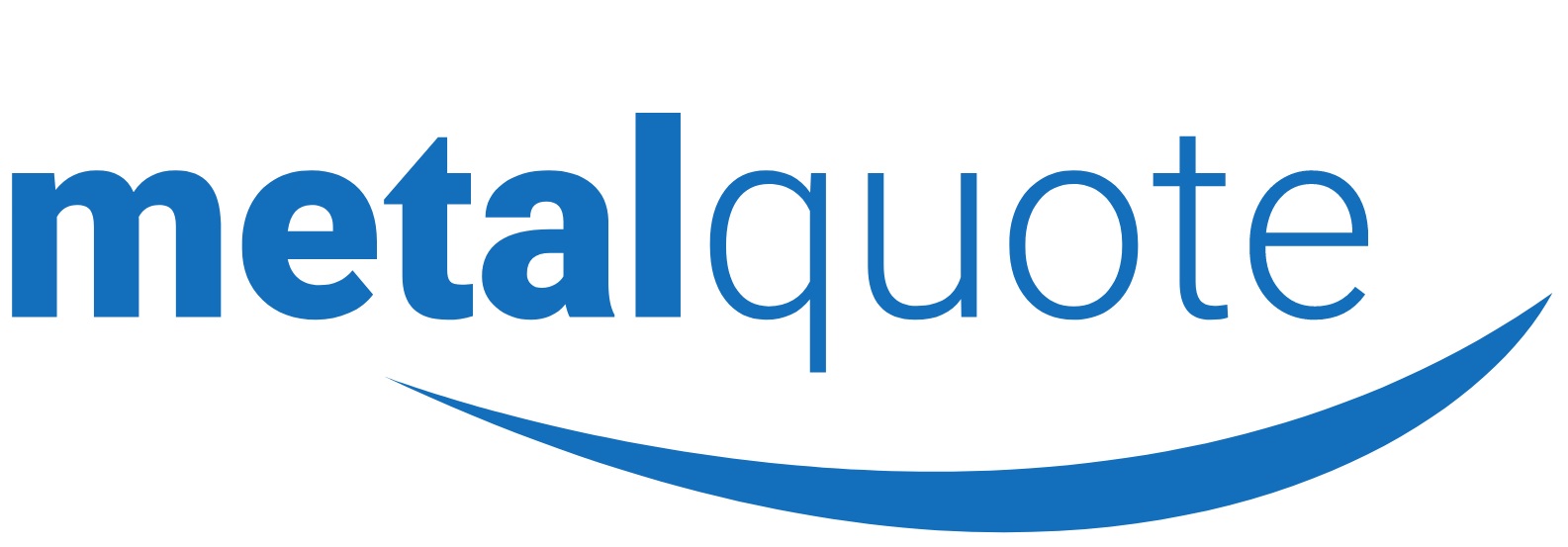LONDON (Reuters) – Aluminium prices in the United States have soared and are expected to diverge from those traded on the London Metal Exchange after the U.S. Treasury Department imposed sanctions on Russian producer Rusal. This is because large amounts of Rusal’s metal produced before sanctions were imposed on April 6 are expected to be warranted for delivery against the LME’s aluminum contract, a move expected to result in sliding or stagnating prices. Rusal’s aluminum was suspended from the LME’s list of approved brands from Tuesday, but its metal already in LME registered warehouses before the sanctions were imposed will not be affected. However, sources say, many banks, traders and brokers will be wary of holding any Rusal aluminum, even if it was produced before April 6, and will offload it as soon as possible onto the LME, a market of last resort during times of low demand. Data from the exchange showed aluminum stocks in LME warehouses originating from producers in eastern Europe stood at 450,650 tonnes or 36 percent of the total as of April 6. Sources say this category would be metal mostly produced by Rusal. Stocks of aluminum in LME warehouses since April 9 have surged more than 12 percent to 1.42 million tonnes. “Lots of people are nervous about holding Rusal’s aluminum, even if it is pre-sanction, that will create a discount,” said Oliver Nugent, commodities strategist at ING. According to the U.S. Geological Survey, the United States produced 741,000 tonnes of aluminum last year. It imported 6.2 million tonnes of metal and semi-fabricated products, of which more than 700,000 tonnes came from Russia. “U.S. premiums for aluminum are up, there needs to be a divergence against the LME to incentivize exports of primary metal and semi products to the United States,” Nugent said. Physical market transactions are typically based on a premium – above $460 a tonne for aluminum in the United States and up 15 percent since April 6 – above a price set on futures exchanges such as the LME. U.S. premiums have doubled since January when the market started factoring in tariffs on aluminum imports. However, given Rusal accounted for more than six percent of global aluminum supplies estimated at around 63 million tonnes last year, worries about shortages have fueled a rally in LME aluminum, up more than 20 percent to $2,450 a tonne. “LME prices might go up in the near term, but people will get over the shock and remember there aren’t really any real shortages,” an aluminum consumer in Europe said. A surplus in top producer China could fill the deficit in the rest of the world, but this would mean premiums would have to be high enough to incentivize shipments to the United States and elsewhere. These premiums would need to cover transport costs and a 15 percent levy on exports of primary aluminum from China.

